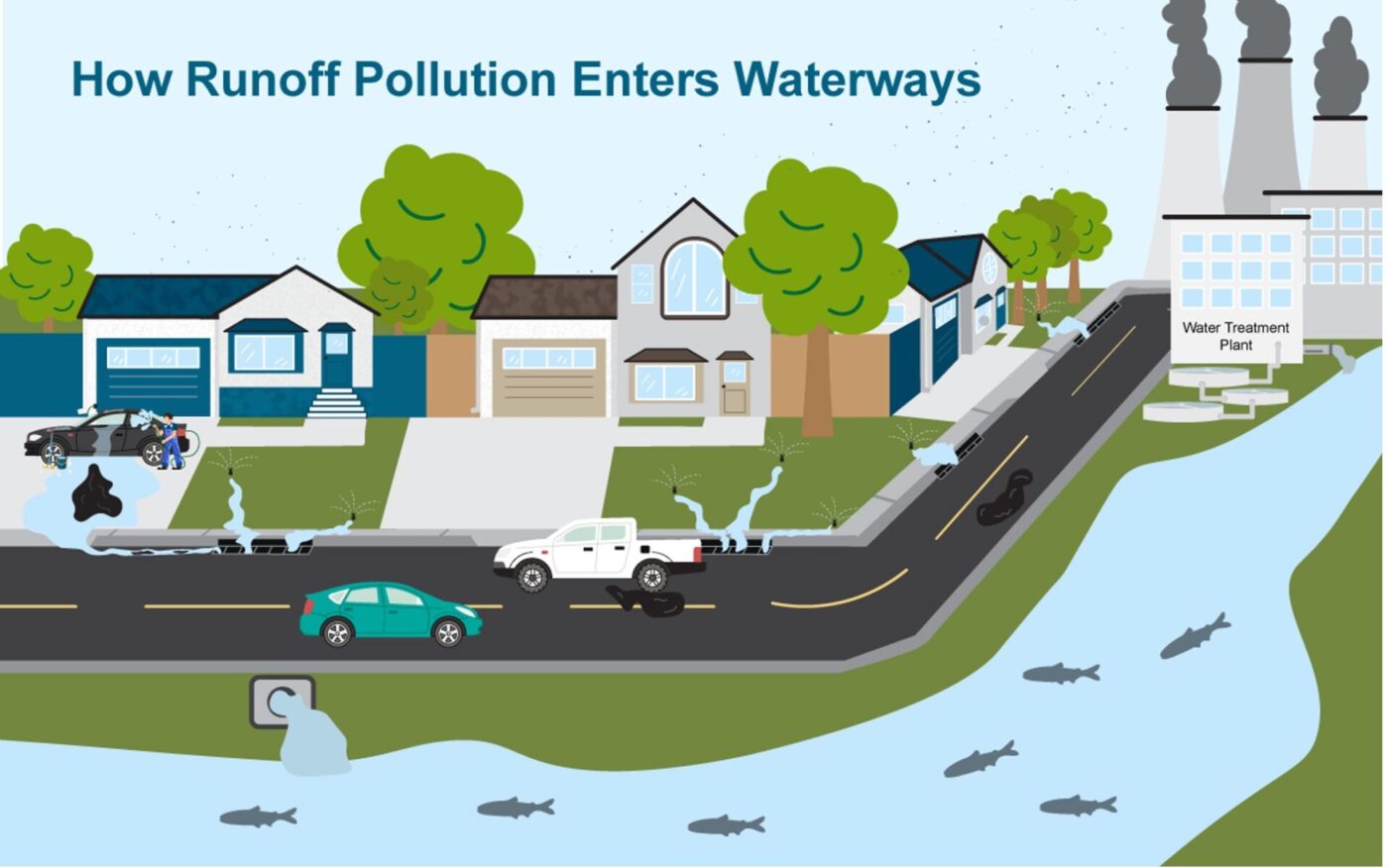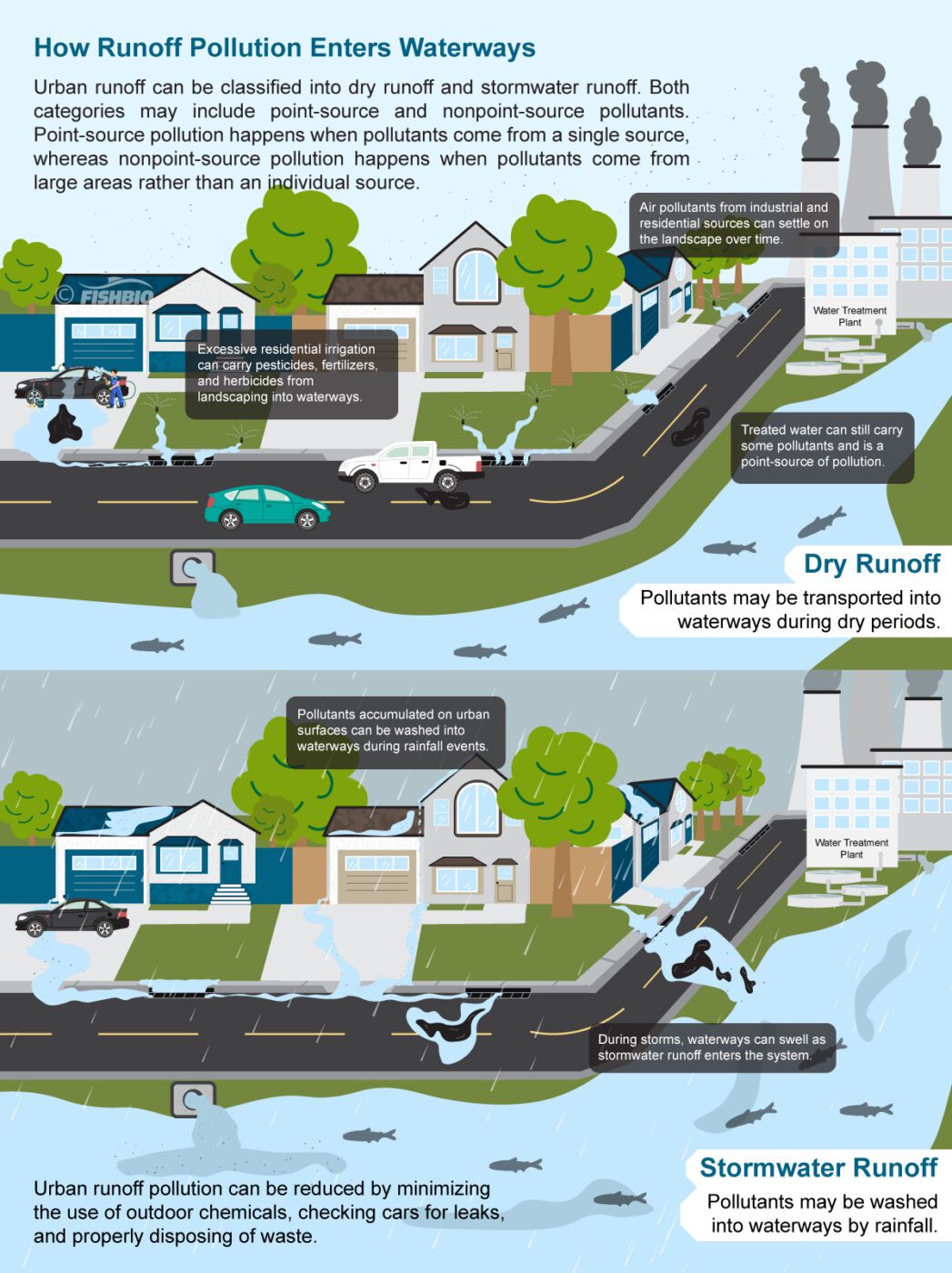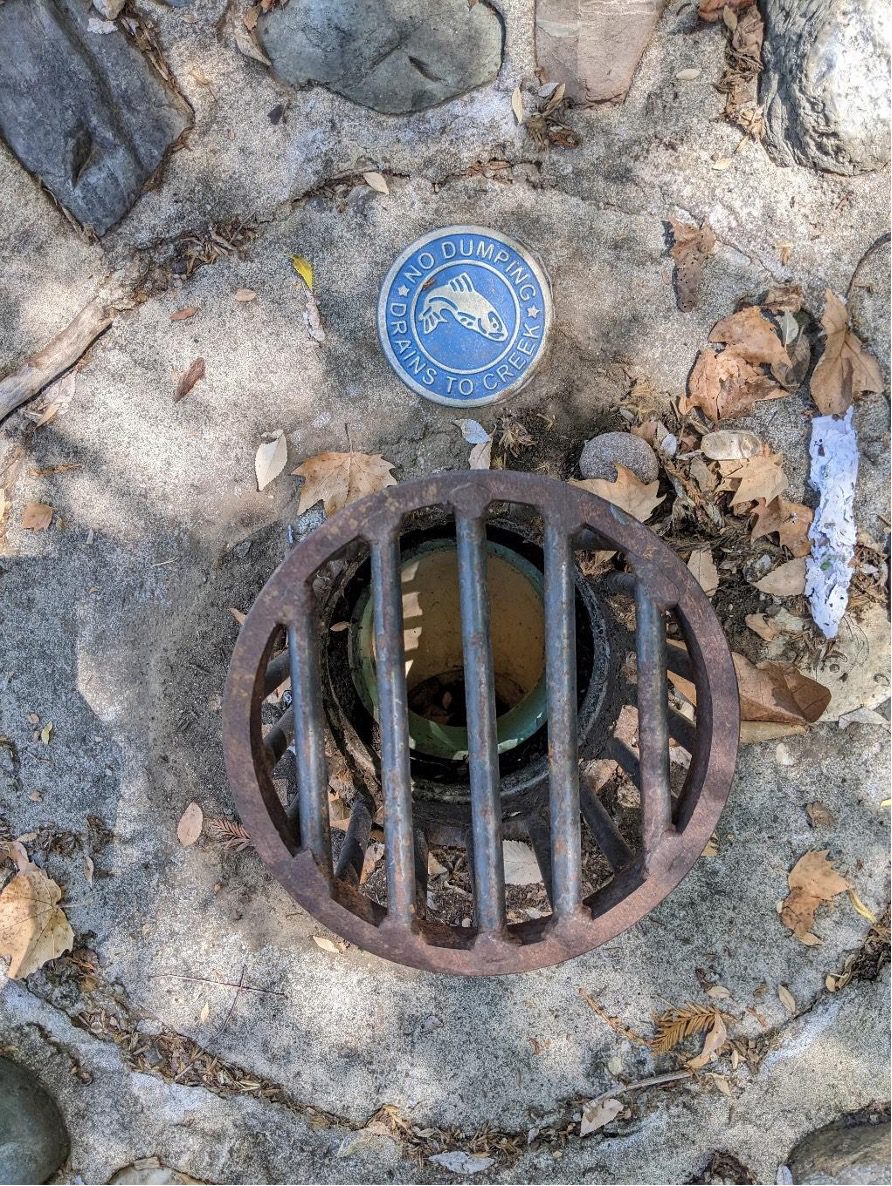Monday October 16, 2023

Over 50% of fish species reside in freshwater, and over 50% of the world’s human population lives within two miles of a source of freshwater. Freshwater only covers about 2.5% of the earth’s surface, meaning that humans and fish are densely concentrated in and around these essential water sources. Human civilizations have lived and fished in these areas since time immemorial, but as cities develop and expand, modern aquatic ecosystems are increasingly altered and subjected to daily pollution events and other human-driven stressors.

Pollution is one of the five main drivers of nature loss, including the decline of native fish biodiversity. All fish living in and downstream of urban areas are negatively affected by runoff pollution, and arid and semi-arid environments often suffer the most intense impacts. In these areas, stream flows are typically low and have experienced an increased frequency of drying events due to more frequent drought conditions and increasing human demand for water. This means that a large proportion of water in these streams is made up of urban runoff. In some cases, runoff outfalls, or locations where stormwater leaves man-made facilities, may even serve as a refuge habitat for fish during extreme drying events, exposing them to inescapable pollution. Many pollutants negatively impact fish health by weakening their immune and reproductive systems and disrupting their hormone regulation. In addition to affecting fish health, pollutants may also “bioaccumulate” in fish, and exceed safe levels for human consumption. In fact, recent work has shown that toxic pollutants can be found in freshwater fish across the United States.

News stories often report on fish kills caused by catastrophic pollution events from one main source (point-source pollution), but there are many other ways that pollution enters aquatic ecosystems. In addition to point-source pollution, nonpoint-source pollution occurs in larger, unbounded areas, as in the case of urban runoff. Runoff is a large contributor of pollution to urban waterways and can be further categorized as stormwater runoff and dry runoff. Stormwater runoff occurs when contaminants (such as oil on roadways or airborne chemicals from atmospheric pollution) are deposited onto impermeable surfaces (things like driveways, roofs, and parking lots) and washed into drainage systems during rain events. Dry runoff is a chronic problem for urban watersheds and is caused by routine daily events such as agricultural irrigation, wastewater treatment, landscaping, or improper disposal of refuse (such as pet waste, cigarette butts, and other assorted litter), and it occurs regardless of the weather. Many storm drains are marked by signs saying something along the lines of, “no dumping, drains to [insert waterway]”. These signs are often stenciled or installed by volunteers to raise awareness in communities about the threats of runoff pollution. This is because most urban drainage systems do not have the infrastructure necessary to treat the water before it enters nearby waterways. A high-profile study published in 2020 found that a common chemical in tires washed into Pacific Northwest watersheds alongside other urban runoff was linked to increased mortality of endangered salmonids. In addition to this chemical, runoff can carry pesticides, herbicides, and oil residues among other contaminants that heavily affect fish health and downstream aquatic ecosystems.

The growing demand for water resources and challenges from frequent drought conditions in California have prompted many water districts to improve infrastructure around runoff treatment. In 2019, roughly $12.7 billion was spent on supporting water quality – including wastewater treatment – and about $500 million for polluted runoff management in California. Many solutions, including retention ponds, granular filtration, and rain gardens, can be used to remediate pollution in water from urban runoff before it flows into local watersheds. However, the best solution is prevention. Reducing pollution at the source by ensuring that waste is properly disposed of, and irrigation systems are not overwatering or leaking, among other things, are first steps towards reducing pollution in urban runoff and protecting our downstream fishy neighbors.
This post was featured in our weekly e-newsletter, the Fish Report. You can subscribe to the Fish Report here.
